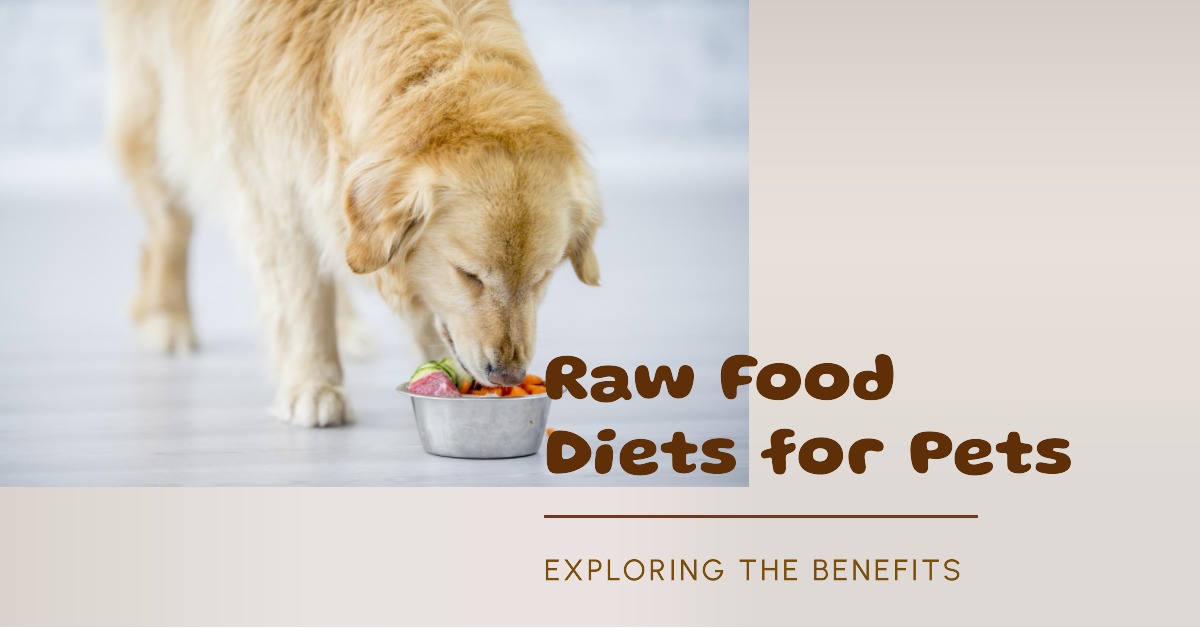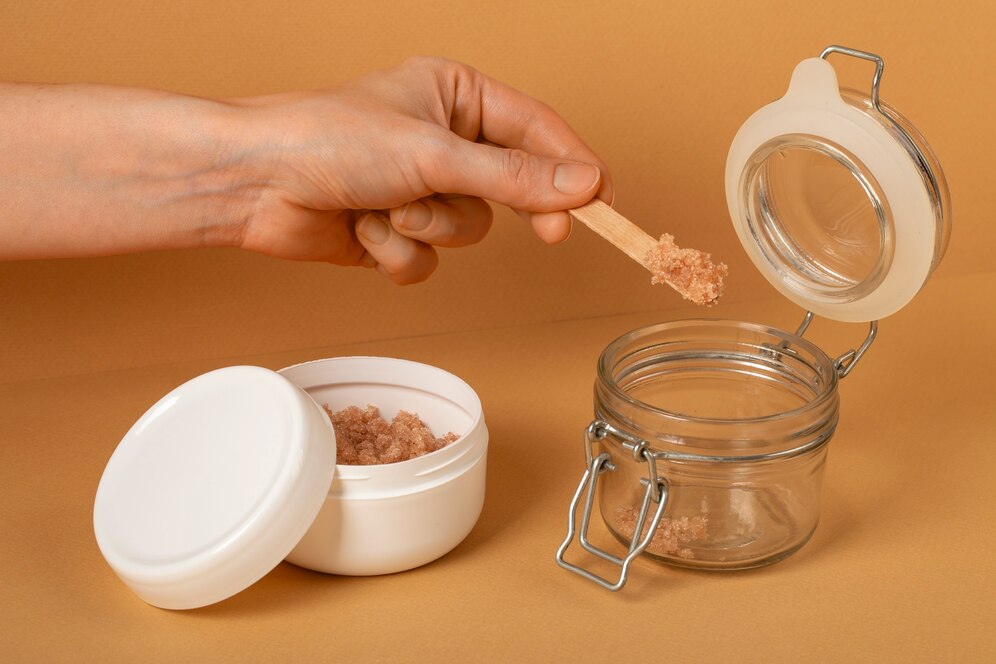Raw food diets for pets have gained popularity in recent years, as more pet owners are looking for natural ways to improve the health and well-being of their furry companions. In this article, we will examine the benefits and potential disadvantages of raw food diets for various types of pets, as well as provide tips for safely introducing this alternative approach to pet nutrition.
What is a Raw Food Diet?
A raw food diet, also known as a BARF diet (biologically appropriate raw food), consists of feeding your pet raw, unprocessed, and uncooked food. This type of diet typically includes a variety of raw meats, bones, organs, fruits, and vegetables. The idea behind a raw food diet is to provide a more natural, species-appropriate nutrition that closely resembles what their wild ancestors would have consumed.
Benefits of Raw Food Diets
- Better coat condition: A raw food diet may improve the quality and appearance of your pet’s coat, making it shinier and reducing the amount of shedding.
- Healthier teeth and gums: Gnawing on raw bones helps scrape away tartar and plaque, potentially reducing the risk of dental problems in pets.
- Improved digestion: Raw food is often easier for pets to digest than processed kibble, as it contains natural enzymes and fewer artificial ingredients.
- Increased energy levels: Many pet owners report that their pets have higher energy levels and more vitality when consuming a raw food diet.
- Weight management: A raw food diet can help with weight control since it is generally lower in carbohydrates and higher in proteins and healthy fats.
Considering Raw Food Options
When transitioning to a raw food diet, you may be wondering what types of raw food sources are appropriate for your pet. For instance, can dogs eat fish? Researching your pet’s species and their specific dietary requirements can help answer these questions and ensure the raw food diet is suitable for your pet. It may also be helpful to consult a veterinarian or pet nutrition expert for personalized advice and recommendations.
How to Safely Introduce a Raw Food Diet
Introducing a raw food diet to your pet should be done gradually to avoid digestive upsets. Start by replacing a small portion of their regular food with raw food, and slowly increase the amount over a week or even a few weeks until the transition is complete. It is important to carefully research and consult with a veterinarian or a pet nutrition expert to ensure that the new diet is balanced and suitable for your pet’s specific needs.
Potential Disadvantages
- Bacterial contamination: Raw meat and poultry can be contaminated with bacteria such as Salmonella and E. coli, which can pose a risk to both pets and their owners.
- Imbalanced nutrition: Ensuring a balanced and complete diet can be challenging when feeding raw, as pet owners need to carefully plan and measure the right proportions of nutrients for their pets.
- Cost: A raw food diet can be more expensive than traditional commercial pet foods, as it usually involves purchasing higher-quality ingredients.
- Time and effort: Preparing a raw food diet can be time-consuming and requires commitment from the pet owner to properly source, store, and handle raw ingredients.
Tips for Raw Food Diet Safety
Practice good hygiene by washing your hands, utensils, and surfaces with hot soapy water after handling raw meat and bones. Supervise your pets during mealtime, especially when feeding them raw bones, to prevent choking hazards or the ingestion of sharp bone fragments. Store raw food in the refrigerator or freezer, and make sure to defrost it in the fridge to prevent the growth of harmful bacteria. Regularly monitor your pet’s health and weight, and consult your veterinarian if you notice any changes or concerns.
Considering Potential Allergies and Sensitivities
Before introducing a raw food diet to your pet, it is essential to consider any potential allergies or sensitivities that your pet may have. Some pets may react adversely to certain protein sources or specific ingredients. In such cases, you should consult with your veterinarian to identify appropriate alternatives and ensure a balanced diet without triggering allergic reactions or sensitivities.
Raw Food Diets for Various Pets
While dogs and cats are the most common pets to be fed a raw food diet, other pets, such as ferrets and certain reptiles, could also benefit from this form of nutrition. It is important to research the specific dietary requirements of your pet’s species, as not all raw food diets are suitable for all animals. Consult with a veterinarian or pet nutrition expert specializing in your pet’s species to ensure the best possible nutrition for your unique companion.
Understanding the Role of Supplements
In some cases, supplements may be necessary to ensure that your pet receives all the necessary nutrients when following a raw food diet. This may include vitamins, minerals, or specific amino acids. Your veterinarian or a pet nutrition expert can help determine if supplements are needed and determine the appropriate type and dosage for your pet. It is crucial to follow professional advice and not self-prescribe supplements, as incorrect dosages can lead to health issues.
Conclusion
A raw food diet can offer benefits to your pet’s health and well-being but also comes with potential risks and challenges. With careful planning, attention to safety and nutrition, and support from a veterinarian or pet nutrition expert, a raw food diet may be a viable option for many pet owners seeking a more natural approach to pet nutrition. As always, the best choice for your pet’s diet depends on their individual needs and circumstances, so make sure to research and consult with a professional before making any changes.




